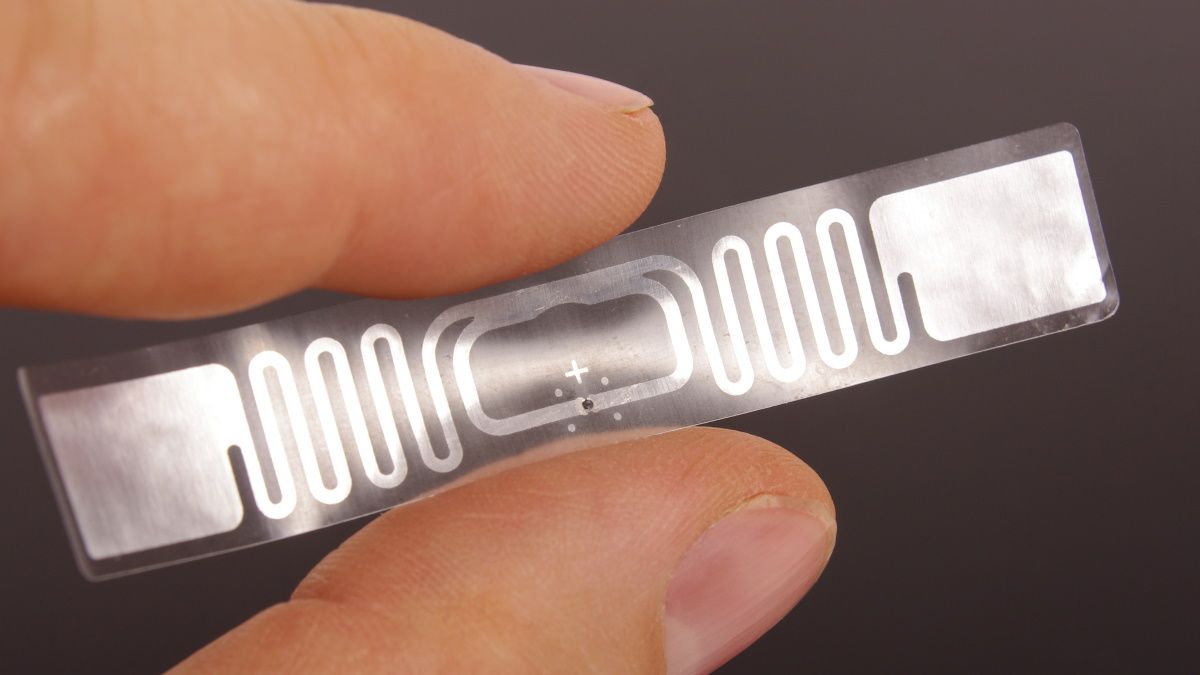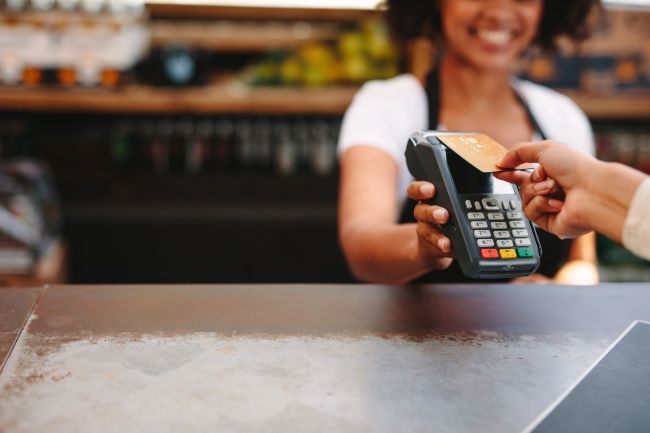RFID is a technology that surrounds us every day. It's in our credit cards, passports, and some of the products we buy. Even many of our pets have RFID chips in them!
RFID is essentially a form of electronic bar tag -- one that can be much smaller. A nearby reader can use radiowaves to read the RFID tag without any visual contact.
How RFID Works
RFID stands for radio-frequency identification. A small chip -- known as an RFID tag -- is attached to or implanted in an object. The tags contain information that can be read at short range via radio waves. The chip and reader don't have to touch.
Some RFID tags can be powered by a battery, but many RFID tags aren't self-powered. They're powered by the electromagnetic field created by the reader. In other words, most RFID tags sit idle most of the time. When they come near (or are waved over) an RFID reader, the reader provides enough power for the data on the tag to be read.
NFC (near-field communication) is a subset of RFID that offers shorter range but enables two-way communication so two devices can communicate---rather than a reader simply reading data from a tag.
Common Uses of RFID
RFID tags can replace bar codes and QR codes. A bar code can only be read if the reader can visually see the bar code. RFID tags can be read if the reader is nearby, even if a bar code would be obscured. RFID tags can be used for tracking packages in the mail or goods in a warehouse. The RFID tag can contain tracking information or just a unique identification code.
Modern passports in many countries -- including the USA and Canada -- also contain an RFID chip. When you cross the border, the border agent can scan the passport, and the machine can read the data from the RFID chip.
RFID chips are also used in credit cards with contactless payments. When you tap a credit card to pay for something, the machine reads an RFID chip embedded in the card. They're also used for transit systems, tolls, and security access cards. They can be read by a machine with a quick tap.
Many household pets also have RFID chips embedded in them. If your dog or cat is "chipped," it has a small microchip injected between its shoulder blades. The microchip normally doesn't do anything and consumes no power. If your pet is ever lost, a veterinarian or animal shelter can read the microchip with an RFID reader. The chip has a unique identification number embedded in it, and the vet or shelter can call up the chip company and see whose name and address is associated with that pet's unique number. Your pet can then be returned to you, even if it doesn't have a collar or any other identifying information. This isn't magic -- it doesn't provide GPS and you should ensure your contact details are up-to-date with the microchip company. It's just a way for the pet to have unique identification information. The same technique can be used to associate a unique identification number with other animals -- tiny RFID chips have even been used to track the movements of ants.
Security and Privacy Concerns
Some people are concerned that attackers could use a handheld device in a crowd to read RFID information from nearby credit cards with contactless payment information embedded in them. Identity thieves could read the same information from an RFID-enabled passport or a security access card with an RFID chip. In 2006, a Dutch passport was read from ten meters away. That's why some people purchase RFID-blocking wallets, card holders, or passport cases. These just work by including a metal material that blocks the radio waves of an RFID reader.
Other people are concerned that RFID could be used to track people's movements. Perhaps the RFID chips in products we buy or in our credit cards themselves could be tracked by readers in various locations as we move around. This isn't too crazy -- in 2013, a company was using recycling bins around the city of London to collect information from nearby smartphones as they searched for Wi-Fi networks. They used this information to track people around the city of London and show tailored ads to them. Companies could attempt to do the same with nearby RFID tags.
No, you shouldn't panic and start smashing your RFID-enabled credit cards and passports with a hammer. RFID is one of the many ways technology makes life more convenient but can lead to new security and privacy problems. This is just something to be aware of.
RFID could be used for other purposes in the future. One old idea is that RFID could be used for shopping. You'd go to a grocery store and place all the items you want in your cart. Each item would have an RFID chip in it. When you're done shopping, you'd simply walk out of the store, and an RFID reader near the exit would automatically read all the RFID tags to determine what you're buying. You'd be billed for those products without any scanning required.
Of course, Amazon Go stores are now accomplishing this without any RFID required---just cameras and machine-learning algorithms.


